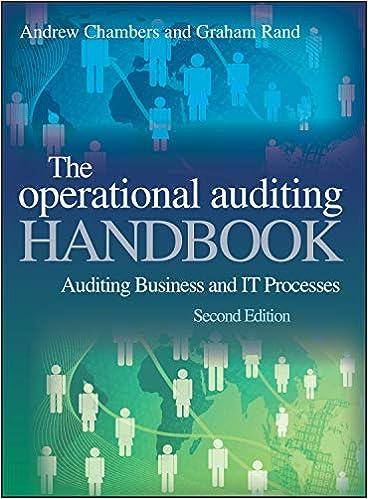
PROJECT 3: ENTREPRENEURSHIP AND SMALL BUSINESSES QUESTION 1 (30) Consider the following extract from an opinion piece from fin24 and answer the question that follow: OPINION: Open for business? How SMMEs in South Africa can thrive Small, medium, and micro enterprises (SMMEs) have the potential to drive economic growth and employment in South Africa. However, this potential is not being realised. The Small Business Institute estimates that approximately 98% of all registered businesses in the country are SMMEs. However, SMMEs consistently contribute less than 28% of jobs, which is a far cry from the government's ambitions of 90% contribution to job creation by small businesses by 2030. In fact, large firms with over 250 employees remain the lynchpin of job creation and account for just under 70% of firms that employ 10 or more people (according to the OECD). Although sources differ on how SMMEs are classified, data provided by the Small Enterprise Development Agency (SEDA) suggests that there are roughly 2.55 million 'SMME owners' (a proxy measure for the number of formal and informal SMMEs) in South Africa. In our recent report on the SMME landscape in SA, we highlight the sustainability of SMMEs as a concern. SEDA data reveals that 107 377 new SMMEs entered the market in Q1 2019. However, fewer and fewer firms survive each year, and many of those that do survive are unable to grow revenues or employment. According to the Enterprise Observatory of South Africa an average of 31 companies with taxable income of less than R10 million close down each week, and the number of employees hardly increases as SMMEs grow older. The reasons for these high failure rates are many and complex. Our report outlines our view and experience: SMMEs are caught in a cycle of limited bargaining power, cash flow constraints, significant skills gaps and having to operate in a taxing regulatory environment. Each of the aforementioned challenges exacerbates the next: Tight margins (these vary by industry conditions) and poor terms of trade as a result of weak bargaining power constrain cash flows; Poor cash availability exacerbates challenges in sourcing adequate human and other skills requisite for growth; A lack of sufficient resources and capabilities as well as inadequate systems and processes to support growth means that existing, scarce resources are deployed to address not only business operations, but also significant regulatory compliance; This in turn further hampers companies' ability to grow and create jobs. This ultimately limits economies of scale, which in turn further reduces the ability to improve margins, setting off the cycle once more. . While these factors are not unique to South African SMMEs, their magnitude certainly is. For instance, whilst over 54% of SMME owners have not completed secondary schooling in South Africa, only 5% of entrepreneurs in the United States have not completed high school. Adopted from: https://www.fin24.com/Opinion/opinion-how-smmes-in-south-africa-can-thrive-20191118 Date Accessed: 16/12/2019 Use real life examples of failed start-ups to discuss the TEN (10) common mistakes made by small businesses which ultimately contribute to their failure







